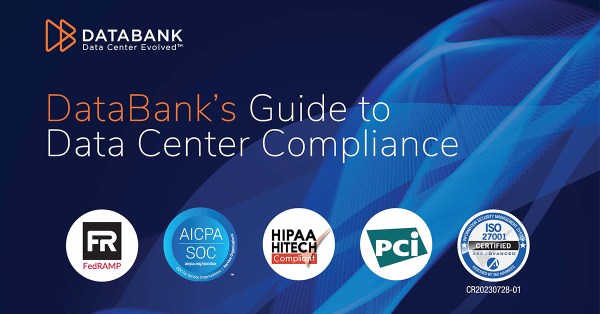One of the best ways for an organization to demonstrate they take cybersecurity seriously is to gain recognized credentials. The ISO 27001 standard is recognized all over the world. Here is a quick guide to what you need to know about it.
What is ISO 27001?
ISO 27001, formally known as ISO/IEC 27001:2022, is an international standard developed by the International Organization for Standardization (ISO). It provides a comprehensive framework and guidelines for establishing, implementing, and managing an Information Security Management System (ISMS).
Role of ISO (International Organization for Standardization)
The International Organization for Standardization (ISO) is a globally recognized body that develops and publishes international standards to ensure the quality, safety, and efficiency of products, services, and systems.
Purpose of ISO 27001
The primary purpose of ISO 27001 is to assist organizations in protecting their critical data. In today’s digital landscape, where data breaches and cyber threats are prevalent, organizations need a robust and standardized approach to protecting sensitive information.
ISO 27001 provides a model that organizations can follow to establish and maintain an ISMS, ensuring the confidentiality, integrity, and availability of information. By adhering to ISO 27001, organizations can systematically identify, assess, and mitigate risks, enhancing their resilience against evolving cyber threats.
Compliance with legal and regulatory requirements
ISO 27001 is not a compliance program itself. Adherence to its framework is purely voluntary. With that said, achieving ISO 27001 certification will often help organizations align their information security practices with legal and regulatory frameworks. This can make it much easier for organizations to achieve and maintain other certifications.
For organizations that do not need to comply with specific data-security programs, achieving ISO 27001 can serve as proof of their ability to keep data safe.
Framework and guidelines for ISMS (Information Security Management System)
ISO 27001 provides a structured framework for the establishment, implementation, operation, monitoring, review, maintenance, and continual improvement of an ISMS. An ISMS is a set of policies, processes, and controls that help organizations manage and secure their data.
This framework is structured into 14 phases, each of which addresses a specific aspect of information security. When an organization has completed all 14 phases, it should have a robust cybersecurity defense.
Here is an overview of the 14 phases of the ISO 27001 framework.
1. Information security policy: This establishes the foundation of the ISMS. It involves drafting policies that define the organization’s commitment to information security and its overarching goals.
2. Organization of information security: This requires structuring the organization to manage information security effectively. It involves identifying roles and responsibilities, creating awareness, and fostering a culture of security.
3. Risk assessment and treatment: This relates to identifying and assessing information security risks and determining risk treatment strategies. It involves conducting risk assessments, evaluating vulnerabilities, and implementing risk mitigation measures.
4. Asset management: This refers to inventorying and classifying information assets to ensure their protection. It involves identifying and categorizing information assets, specifying ownership, and implementing protective measures.
5. Access control: This requires taking steps to ensure that only authorized users have access to sensitive data. It involves implementing access controls, managing user privileges, and ensuring proper authentication.
6. Cryptography: This relates to safeguarding information through encryption and decryption methods. It involves applying cryptographic controls to protect sensitive information during transmission and storage.
7. Physical security: This refers to protecting physical assets and infrastructure that support information processing. It involves implementing measures such as access controls, surveillance, and environmental controls.
8. Operations security: This requires ensuring secure day-to-day operations of information systems. It involves establishing operational procedures, monitoring security events, and managing security incidents.
9. Communications security: This relates to securing the exchange of information across networks and communication channels. It involves implementing secure communication protocols, encrypting data in transit, and securing network infrastructure.
10. System acquisition, development, and maintenance: This refers to integrating security into the systems development life cycle. It involves applying secure coding practices, conducting security testing, and ensuring secure system deployment.
11. Supplier relationships: This requires managing security in relationships with external suppliers. It involves evaluating and ensuring the security practices of suppliers, and establishing contractual security requirements.
12. Compliance with legal requirements and industry standards: This relates to ensuring adherence to relevant laws, regulations, and industry standards. It involves identifying applicable legal and regulatory requirements, and establishing compliance mechanisms.
13. Information quality management: This refers to ensuring the accuracy and integrity of information. It involves implementing controls to maintain data quality and accuracy.
14. Risk monitoring and review: This requires continuously monitoring and reviewing the effectiveness of the ISMS. It involves regularly assessing risks, conducting internal audits, and reviewing the ISMS for improvements.







